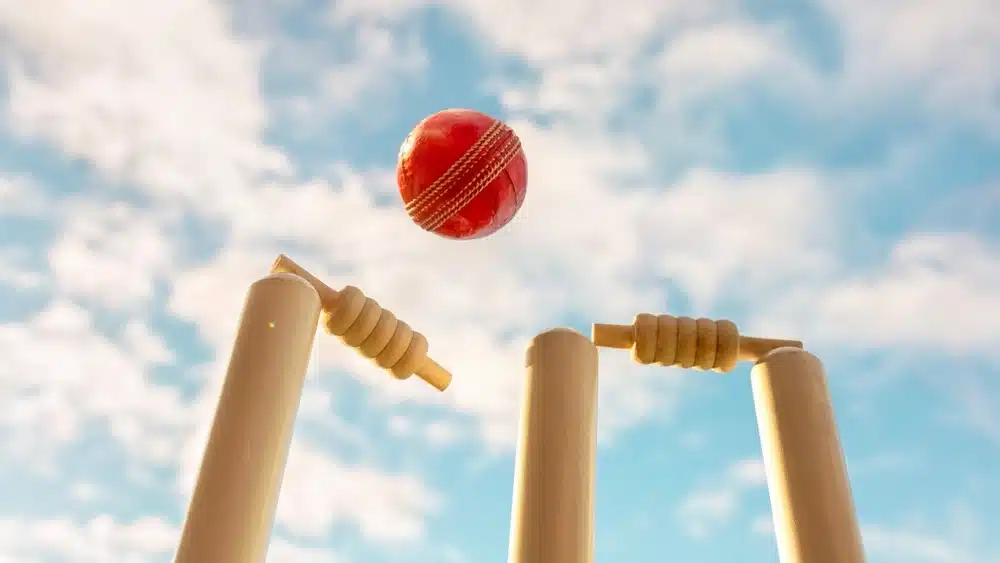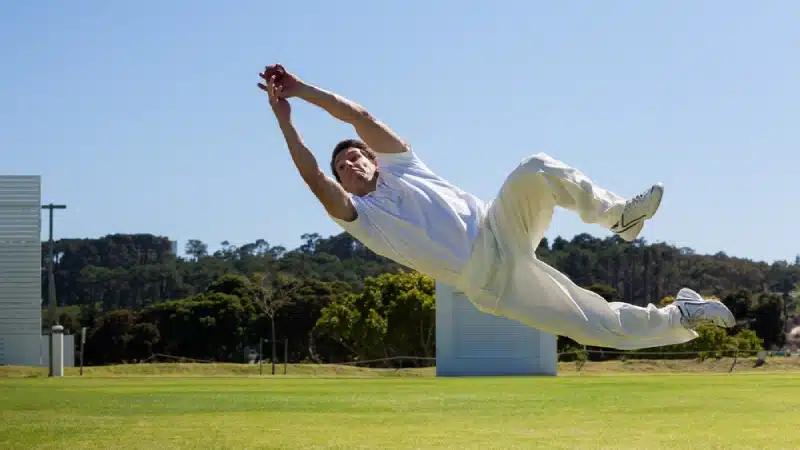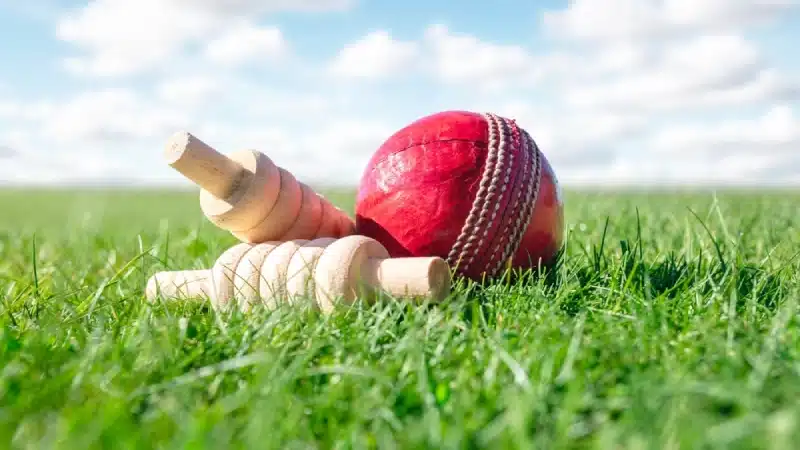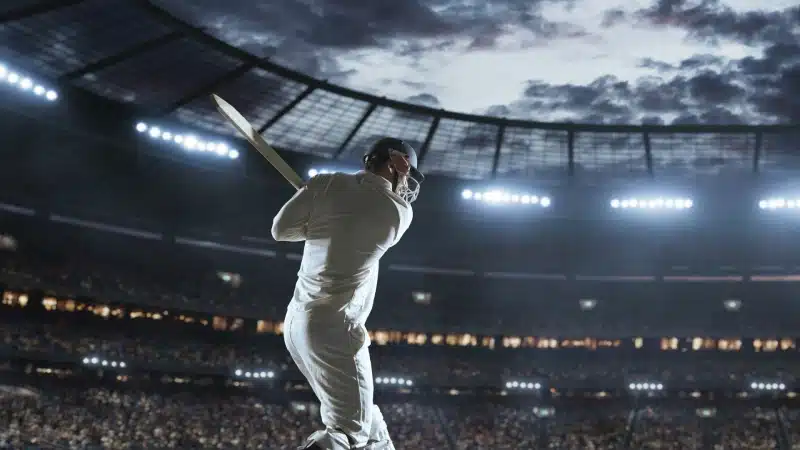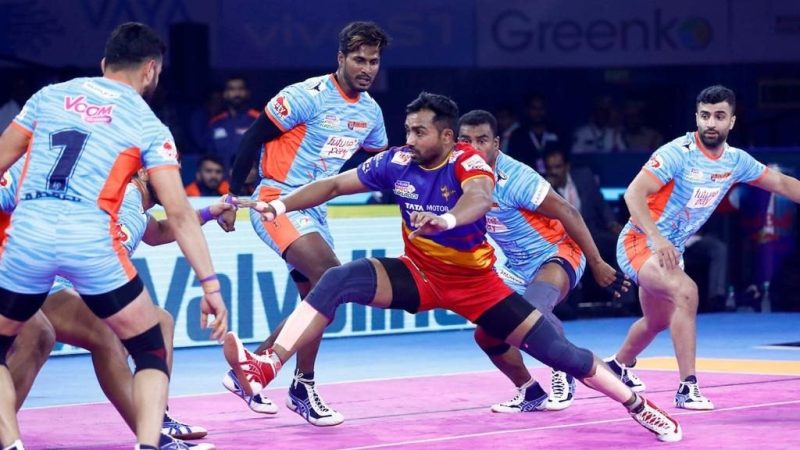
The history of kabaddi can be traced back to some 4,000 years ago in India. And while it has had roots in the country all this time, its spread hasn’t been as deep.
However, the advent of Pro Kabaddi in 2014 managed to urbanize the rural game into a 21st-century thriller and the sport hasn’t looked back since. In fact, it remains one of the most-watched sports in cricket-crazy India.
Kabaddi is said to have started as a form of practicing combat moves for battles and wars in ancient times.
“It is believed that kabaddi was invented to develop defensive responses by an individual against group attacks and group’s responses to an individual attack,” according to the World Kabaddi Federation. In fact, the game of kabaddi starts with a single raider going into the opponent’s side, which comprises seven defenders.
“This is the only combative sport in which offence is an individual effort whereas defence is a group effort,” the WKF pointed out.
Kabaddi history in the Mahabharata
Deeply rooted in Indian culture for centuries, kabaddi has even found a mention in Hindu mythology. In the Sanskrit epic Mahabharata, It is said that the Pandava warrior, Arjuna, mastered kabaddi’s skills from Lord Krishna, who adored the sport. The story goes that Arjuna would breach enemy walls inconspicuously and would walk back unscathed with his kabaddi skills.
T 1568 -It is said that the sport of #Kabaddi was created in remembrance of Abhimanyu the Warrior from Mahabharta ! #BachchanBol #Wednesday
— Amitabh Bachchan (@SrBachchan) August 5, 2014
Another tale from the Mahabharata involves Arjuna’s son, Abhimanyu, who invaded the seven-tiered defence -- an army formation -- of the Kauravas. It draws sporting parallels to a single raider raiding in the opposition side of the mat, which often has seven defenders.
Apart from Mahabharata, it is also believed that Lord Gautam Buddha used to play kabaddi during his leisure time.
Kabaddi’s origin: India or Iran?
It is a popular belief that kabaddi originated from the Indian state of Tamil Nadu. In India, the sport had different names in different states before its establishment as the sport it’s recognised today. It was called Chedugudu or Hu-Tu-Tu in the southern part of the country, while it was referred to as Hadudu (for men) and Kit-Kit (for women) in the east.
Some argue that the sport originated in Iran about 5,000 years ago. “My hometown, Sistan, was where it was first found,” claimed Meraj Sheykh, a notable kabaddi player from Iran.
“Several ancient books spoke about it too. We were the original founders of the game, not India,” Meraj told ESPN India.
It wasn’t until the early 20th century that the sport finally got its recognition. In 1918, the first official rules and regulations of kabaddi were brought into effect before it was declared as the national sport of India. However, it took five years to print those documents for circulation.
In 1923, an all India tournament of kabaddi was held in Baroda and since then, several national-level tournaments have been organised across the country.
Kabaddi in Olympics and Asian Games
Kabaddi in India got its first international exposure during the 1936 Summer Olympics in Berlin. Although the sport wasn’t officially a part of the sporting extravaganza, a 35-member kabaddi team from Hanuman Vyayam Prasarak Mandal (HVPM), an educational institute in Amravati, was invited to demonstrate the antics in Berlin.
The team performed at the Congress of Physical Education a day before the commencement of the Olympics leaving spectators amused. The team, eventually, received medals on the final day of the Berlin Olympics.
The widespread recognition of the sport saw the establishment of the All India Kabaddi Federation (AIKF) in 1950, which staged the first men's and women’s national tournament in 1955 in Chennai and Kolkata respectively, after running it as a demonstration sport in the inaugural 1951 Asian Games.
In 1972, the Amateur Kabaddi Federation of India (AKFI) was formed to promote the game in India’s neighbouring countries. The decision bore fruit as the first Asian Kabaddi Championship was held in 1980 where Japan, Nepal, Malaysia, Bangladesh and India contested. The Indian national kabaddi team defeated Bangladesh in the final to become the first-ever champion.
In 1982, the game was once again added as a demonstration sport in the 1982 Asian Games before it was finally established as a medal sport in the 1990 Asiad. India have always been a superior side in the Asian Games, winning all but one of the eight finals since 1990. It wasn’t until 2018 that their winning streak was halted by Iran in the final.
Kabaddi World Cup offers glory
Eventually, the sport made way for the Kabaddi World Cup in 2004, which was hosted by India in Mumbai.
Twelve teams participated in the competition, and the Indian kabaddi team asserted its domination by going unbeaten throughout the tournament before lifting the title by defeating Iran 56-28 in the final.
#Throwback to when @IamAnupK & Co. led Team to victory in the 2016 Kabaddi World Cup #OnThisDay 3⃣ years ago. pic.twitter.com/kGNb1ljaWm
— Star Sports (@StarSportsIndia) October 22, 2019
Till date, as many as three Kabaddi World Cups (standard style) have been hosted -- all in India -- and all the three finals have seen India beating Iran for the trophy. The 2016 Kabaddi World Cup, however, holds a special place in the sport as this was the first time a world cup for women was hosted.
Pro Kabaddi takes it to the masses
However, it wasn’t until 2014 that the sport got its due. The start of Pro Kabaddi elevated the status of the sport manifold by taking a rural pastime to primetime television nationwide. Till date, as many as seven PKL seasons have been played and as many as five different teams have lifted the title.
In its seven seasons, stars likes Anup Kumar, Pardeep Narwal, Rahul Chaudhari, Deepak Niwas Hooda and Ajay Thakur have dominated the sport in raiding, while Manjit Chhillar, Ravinder Pahal, Fazel Atrachali and Sandeep Narwal have been solid at the back.
View this post on Instagram
A sport that has its roots bestowed in India has come a long way, and it is certain to make massive strides in the years to come. As per Google’s ‘Year in Search 2019’ report, the Pro Kabaddi league generated a whopping nine per cent growth in viewership with 1.2 billion impressions. It thus became the second-most searched tournament in India after the Cricket World Cup in 2019. This comes down to show the growth this sport has made over the years.
Feature image courtesy: Twitter / @ProKabaddi












